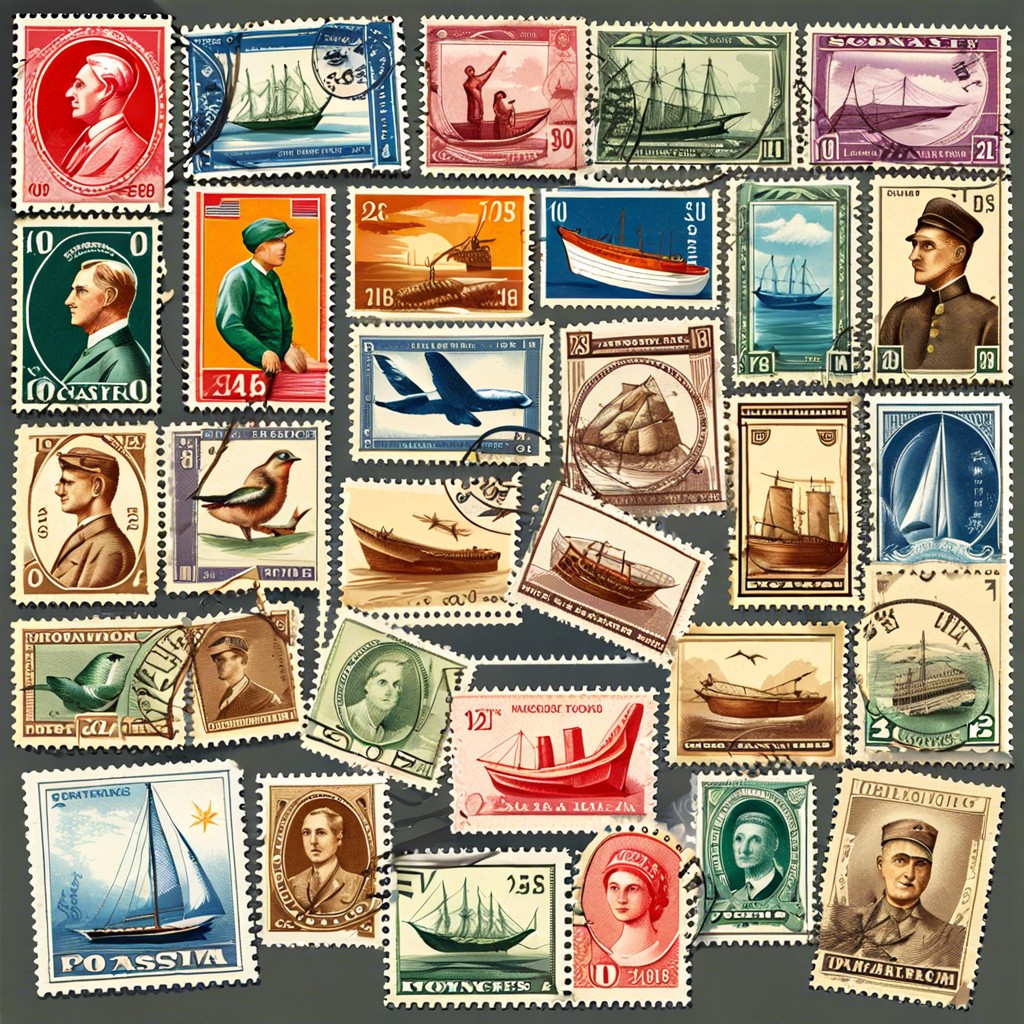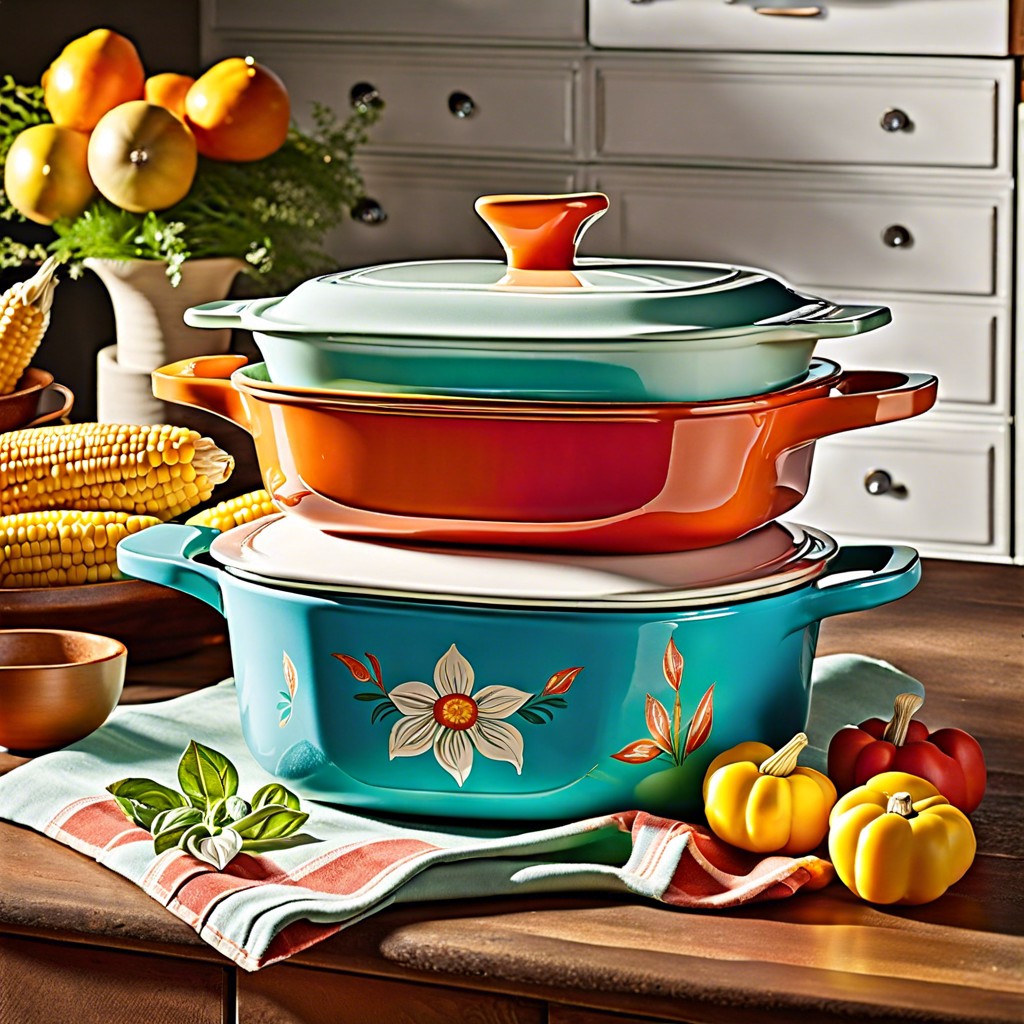Last updated on
Discover the fascinating world of stamp collecting and learn about the history, types, and values of stamps.
Key takeaways:
- Stamps began in 1840 and reflect historical events and advancements.
- Types of stamps include definitive, commemorative, and special stamps.
- Stamps’ value is influenced by condition, rarity, demand, and provenance.
- Notable stamp collections include the British Guiana 1c Magenta and Queen Elizabeth II’s collection.
- Stamp design trends include cultural diversity, environmental awareness, and technology integration.
History of Stamps

Stamps began as an official method to indicate pre-payment of postage, introduced in the United Kingdom in 1840 with the famous Penny Black, featuring Queen Victoria’s profile. This innovation allowed for a more efficient and reliable postal service, encouraging global communication. Quickly adopted worldwide, stamps became not only functional but cultural artifacts, reflecting national identities, historical events, and technological advancements. Collecting them turned into a popular hobby, known as philately, offering a window into diverse eras and societies. Today, they remain a poignant reminder of the ways in which our interconnected world has evolved.
Types of Stamps

Stamps come in various formats, each with its own appeal and purpose.
Definitive stamps are the workhorses of the postal world. They’re issued for everyday mail and come in standard designs and denominations. routinely produced, these are often less colorful but essential for daily postal operations.
Commemorative stamps are issued to mark significant events, anniversaries, or notable figures. These are usually more vibrant and are produced in limited quantities, making them a favorite among collectors.
Special stamps celebrate cultural themes, holidays, or unique subjects like wildlife or popular culture. These issues are often seasonal and highly anticipated for their artistic merit.
Revenue stamps serve a governmental purpose, used to collect taxes or fees on documents, tobacco, alcohol, and other goods. Although not for postal use, they hold historical and monetary value for collectors.
By understanding the different types of stamps, collectors and enthusiasts can better appreciate the variety and purpose behind each postage stamp.
Stamp Valuation Factors
Several elements influence the value of a stamp:
Condition is king. Pristine stamps without tears, creases, or smudges fetch higher prices. The presence of original gum and minimal hinge marks enhances a stamp’s appeal to collectors.
Rarity sets a stamp apart. Limited issue stamps or those from historic, discontinued series often carry significant premiums. Errors during printing, which lead to unique variations, also elevate a stamp’s value.
Demand is variable. Collectors might pay more for stamps that complete a set or those with historical significance. Trends can shift with collector interest, making certain stamps suddenly more valuable.
Provenance adds a layer of intrigue. A stamp with a well-documented history, especially one tied to significant historical figures or events, can see its value soar.
Notable Stamp Collections
The British Guiana 1c Magenta is often hailed as the most valuable stamp in the world. Sold at auction for nearly $10 million, its value is heightened by its rarity and unique backstory.
Queen Elizabeth II’s collection, known as the Royal Philatelic Collection, is one of the most comprehensive. It includes rare British Empire and Commonwealth stamps, amassed by her ancestors.
The Benjamin Miller Collection, held by The New York Public Library, allows the public to view 19th-century U.S. stamps and a Confederate Postmaster’s Provisionals, providing a glimpse into America’s postal history before widespread federal issue.
Sundman’s American Treasure holds the first pane of Inverted Jenny stamps ever purchased—a famous printing mistake which makes it the crown jewel of U.S. philately.
These collections not only preserve history but also capture the imaginations of collectors worldwide, each piece telling its own story of the era it originates from.
Trends in Stamp Design
Recent years have seen a shift towards stamps that celebrate cultural diversity and environmental awareness. Many postal services now issue stamps featuring endangered species, national parks, and significant cultural events. This approach helps raise awareness and educates the public about important issues.
Technology has also revolutionized stamp design. Features like QR codes, augmented reality, and unique materials are making stamps more interactive and appealing, especially to younger collectors.
Additionally, there’s a trend for commemorating popular culture through stamps. From legendary music bands to iconic film characters, these stamps bridge the gap between traditional philately and contemporary pop culture, enticing a new generation of collectors.
Related:




